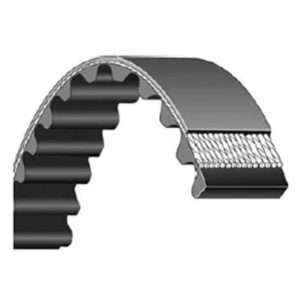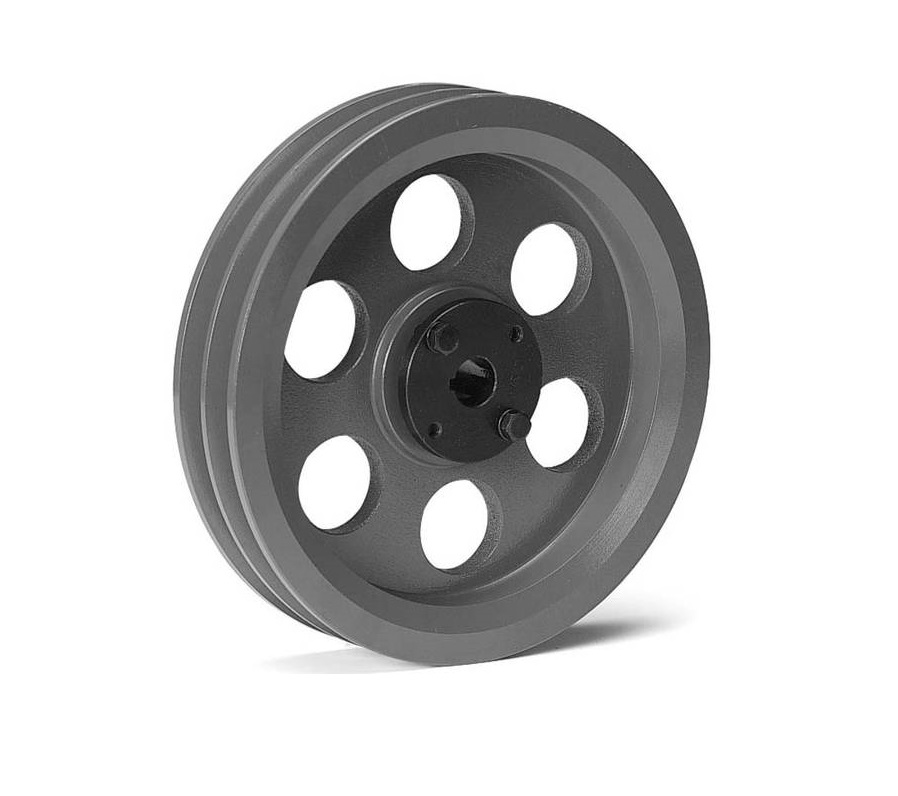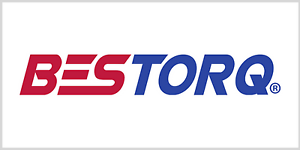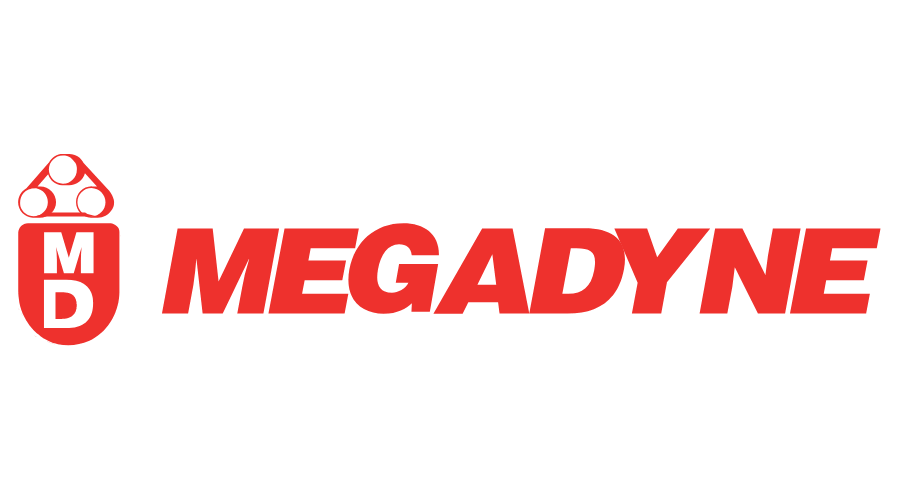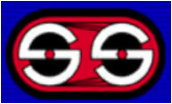
Industrial Belts and Pulleys
HVH Industrial offers a wide range of v-belts: classical, narrow, FHP, and v-ribbed. Timing belts: classical, HTD, and STD. Sheaves & Pulleys: heavy-duty, light-duty, classical, HTD, and STD.
In mechanical engineering, the belt links two or more rotating shafts mechanically, most often parallel. Belts may be used as a source of motion to transmit power.
A sheave is a grooved wheel used for holding a belt or wire rope. The product allows the wire or rope to move freely, minimizing friction and wear on the cable. They can be used to redirect a cable or rope, lift loads, and transmit power.
The HVH team works closely with manufacturers to offer our customers the right solutions for their equipment, industry, and application.
If you have any questions write us via live chat, (one of our team members will answer your questions), give us a call, or send us a quote request. The HVH team is always ready to help you.
 1(866)577-4040
1(866)577-4040
or
Belts and Pulleys
Manufacturers
What is a Belt and a Belt Drive
A Belt is a flexible material mainly made of rubber or synthetic polymer that connects rotating shafts. Other materials include cotton, polyester, and aramid (like Twaron, Kevlar, or Techora).
A Belt drive is a frictional drive used to transfer torque or facilitate speed change from one shaft, the driver, to a second driven shaft. Some applications require the use of multiple shafts to connect drives over longer distances and to numerous power points in a system. Some belt drives use belts that connect shafts at right angles.
The belt drive comprises one or several sets of belts and pulleys in all applications. The tension between the driver and driven shafts results in a frictional force that transfers the torque from the driver to the driven shaft. Also, the difference in diameter between the driven shaft and the drive shaft causes a speed change that may be either an increase or decrease in rotational speed. You can check our belts and pulleys catalog and find the right product for you.
Types of Belts
Drive belts are classified according to their cross-sectional shape and design. Each classification is designed for a different application based on speed, horsepower, environment, shaft alignment, torque, and cost. The three groups of drive belts are:
- V-Belts (or Wedge)
- Synchronous Belts (or Toothed)
- Flat Belts
Flat Belts
If you look into Belt and Pulley system history generally, you'll see that Flat Belts are the oldest belts. These leather belts came around during the industrial revolution and were mainly used at the end of the 19th century and early 20th century. They consisted of large pulley and belt systems that connected steam engines to long shafts. Along these long shafts, pulleys could be installed with belts that dropped down to drive different types of machinery. The problem with a Flat Belt is that it needs high tension to avoid slipping. Liquids made the belt more sticky to the pulleys in the early days. A slipping belt could easily slip off the edge of the pulley, resulting in maintenance and downtime. To prevent the belt from slipping off the pulley, the pulleys must be crowned and have flanges. The advantage of these belts is their high flexibility, and they can easily bend around very small pulleys.

Rope Belts
Back in the 19th century again, cotton and hemp ropes were used as belts, and the pulleys were placed in V-shaped grooves to install the ropes in it. Ropes were used because they had a more economical drive, longer center distance, and lower maintenance costs. With electric motors taking the central stage, power transmission systems could be placed anywhere and did rely on the shafts. It became clear that rope and leather belts were not adapted to these drives because tension had to be increased to avoid slipping. Rope belts were replaced with belt drives in most applications, as belt drives were faster, could carry higher loads, and were more compact.

V-Belts
V-belts get their name from their trapezoidal shape, which helps them wedge into the sheaves. The v shape of the belt matches with the v of the sheave grooves and creates more contact area resulting in higher efficiency. Friction between the surface of the belt is increased, which allows high torques to be transmitted. The increased friction minimizes the loss of power through slippage. Compressed by synthetic rubber, twisted, fibrous tensile chords form a typical V-belt, rendering it strength and flexibility. Classical V-Belts, Narrow V Belts, Fractional Horsepower V-Belts (FHP), Metric V Belts, V-Ribbed Belts, and Variable Speed Belts are all types of V-belts.
Check our article about the Common Types of V-Belts.

Belt drives have many advantages over other types of drives, like roller chains are gear drives. Here's the list of some of them:
- Belt drives are economical
- Belt drives are simple to install
- Belt drives do not need lubrication
- Belt drives are reliable
- Belt drives are used in a large variety of applications
- Belt drives have no speed limitations
- Belt drives have long pulley life
- Pulleys are cost-effective
Belt drives are widely used in both industrial and domestic machinery. Several examples of usage in domestic machinery include:
In washing machines (they transfer power from the motor to the drum shaft), Alternators in automobiles, Flour mills, Lathe machines, Milling Machines, Drilling machines, Paper mills, and Conveyors. In industrial machines, belt drives are used in grain belt conveyors, sawmills, printing presses, punch presses, etc.
What is a Pulley
A pulley is a component that is being turned by the belt. A pully is a wooden or metallic machine designed to change the direction of a belt and to support the transfer of power between the shaft and belt. A pulley can freely rotate around an axis in its center. The Greek mathematician Archimedes (3rd century BC) is said to have used compound pulleys to pull a ship onto land.
Types of Pulleys
Pulleys in their turn (both driver and driven) are also divided into three groups:
- Grooved pulleys (Sheave)
- Toothed pulleys (Sprocket)
- Classic drum-style pulleys
Grooved Pulley
The grooved pulley also called a sheave, is designed to accommodate v-belts. The sheave is a part of the pulley; the grooved wheel is used to hold the belt. The sheave rotates on an axle or bearing inside the pulley's frame. This allows the wire or rope to flow freely, resulting in less friction and cable degradation. Sheaves redirect a cable or rope, lift loads, and transmit power. The terms sheave and pulley are both used and have the same meaning.

Toothed Pulley
Toothed pulleys are also called sprockets and are used on toothed-style belts. A toothed belt is a flexible belt with teeth molded on its inner surface. Toothed belts are available with various numbers of teeth. The toothed pulley depends on the teeth to provide adequate drive power instead of the tightness and friction used with a regular belt. To measure the fit of a toothed belt, the toothed pulley is measured around the flat side of the pulleys to reach a belt size. The toothed pulley is also machined at an angle with two pulleys using opposed angles.

Drum Pulley
Classic drum-style pullies use the flat belt and are one of the most versatile pullies. A drum pulley is a mechanical device used to change the direction of the belt in a conveyor system or put tension on the belt. A drum pulley offers high strength and performance levels. The main disadvantage of drum pullies is that the material can build up and lead to reduced traction and premature damage to the conveyer belt.







